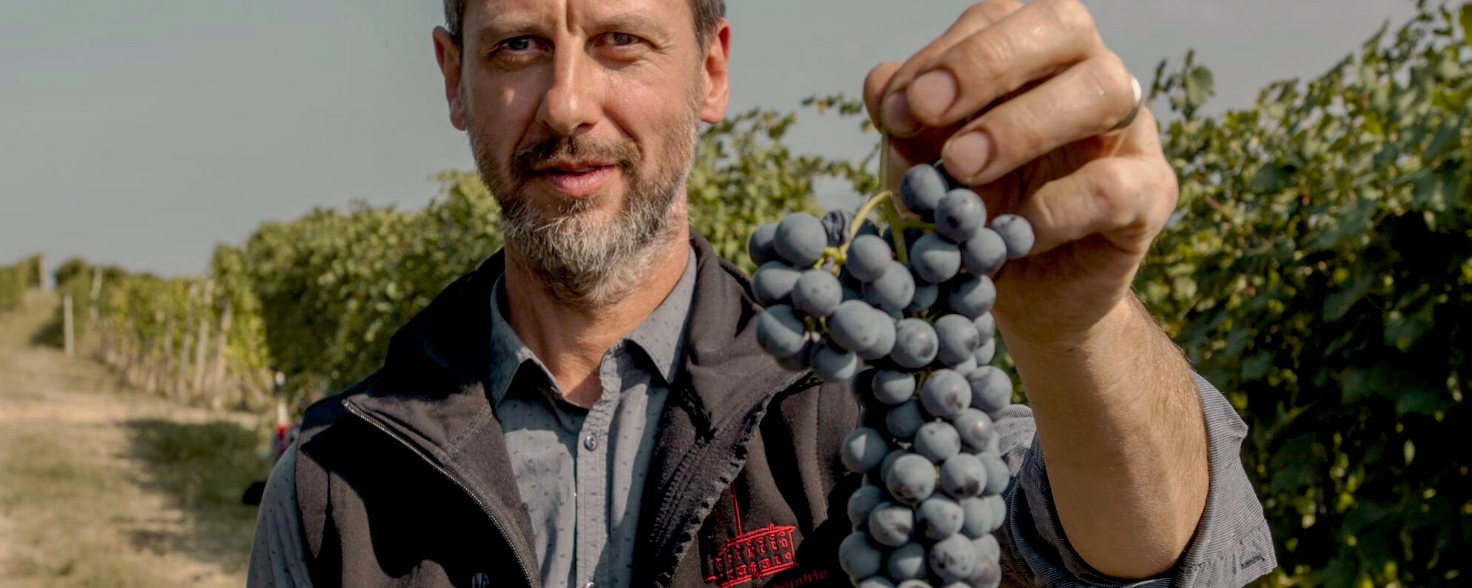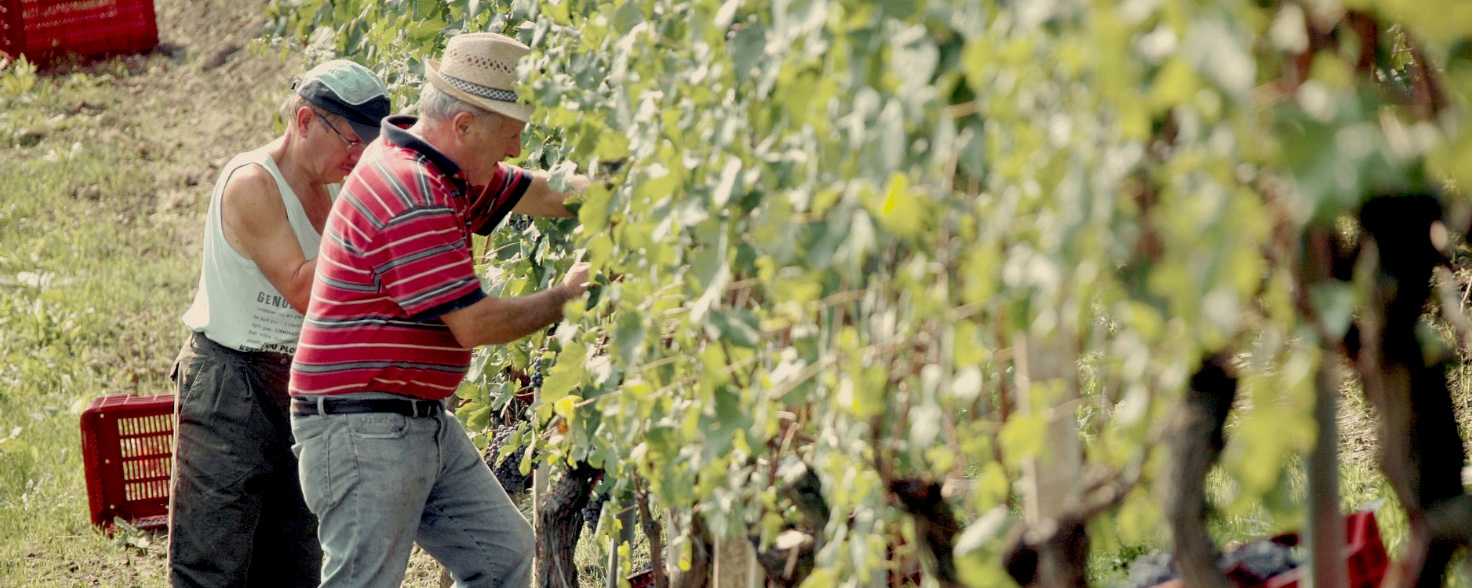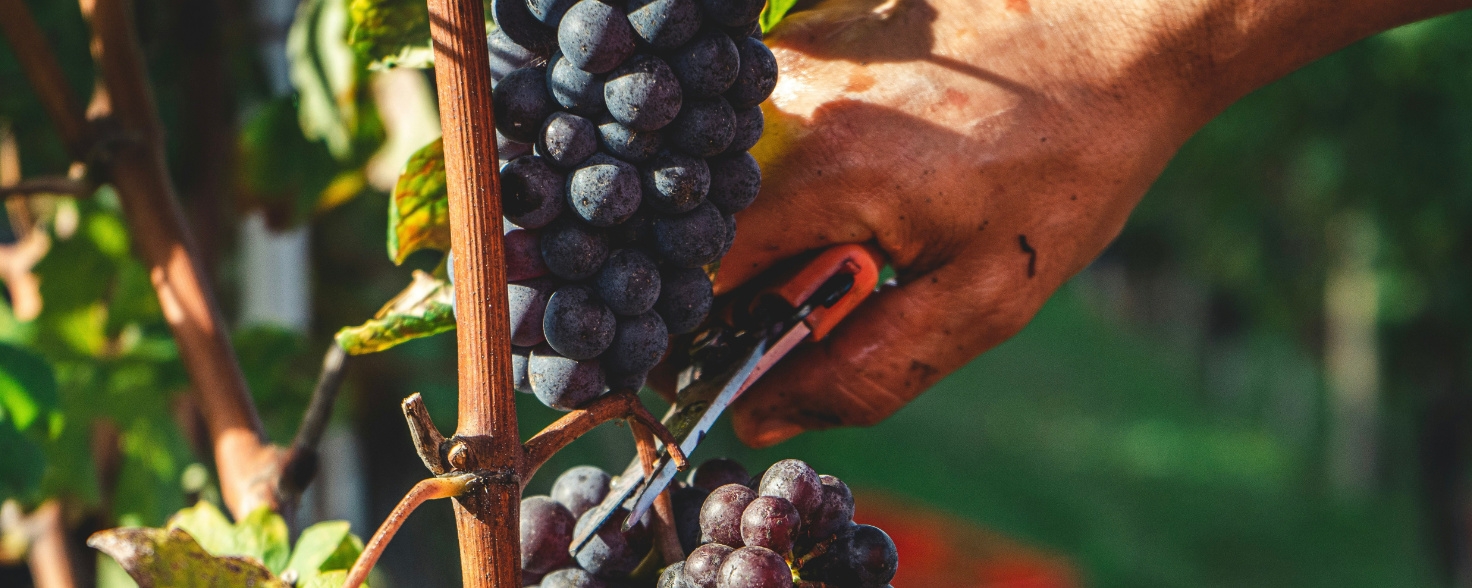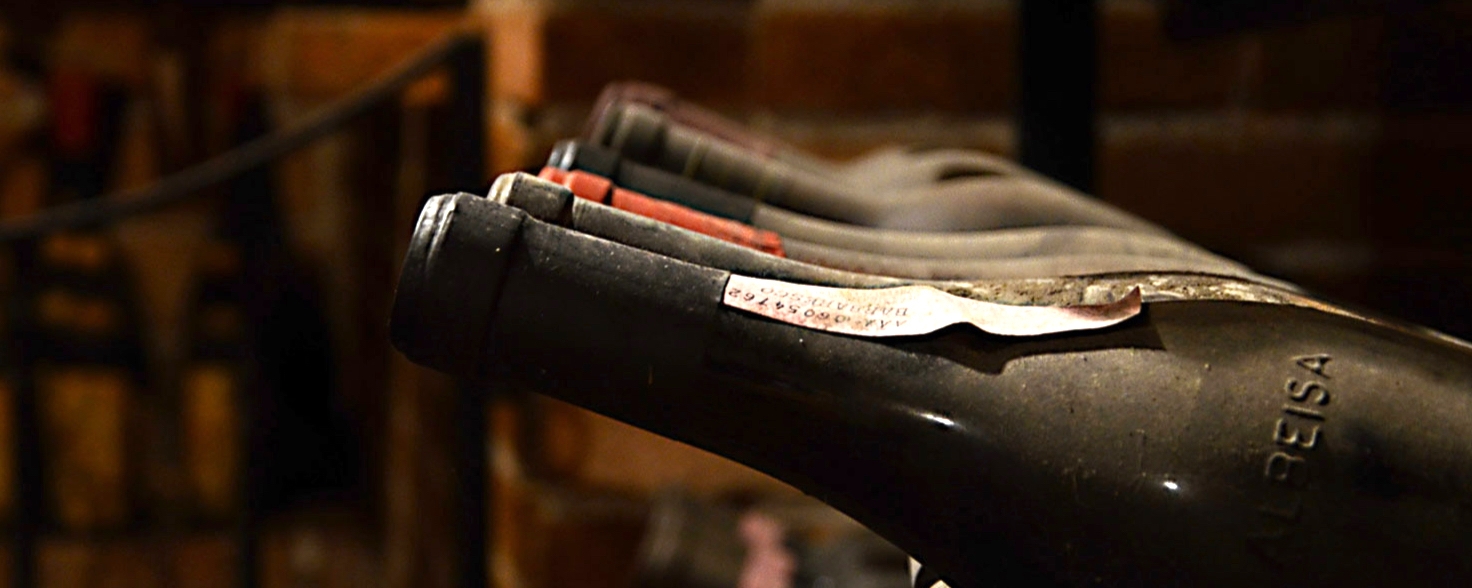
A lucid, ruby-hued vintage, rich in perfume, textural delicacy, artistic expression and more than a few moments of grandeur.
A year of broadly warm but never excessive conditions experienced under the cloud of Covid-19, more than once we heard about a region in battle-mode. Luckily, this social, global generation of young Piedmont producers proved themselves as agile and focused as ever, the resulting wines very much in tune with their extroverted, artistic creators. A vintage that delights from the off and captures the essence of fine Nebbiolo in its perfume, radiance and textural delicacy, the 2020s have a great deal more freshness and precision than a typical solaire year.
Eliciting the work of a sculptor
Wine and art are commonly paralleled – particularly in Italy. Both require a creative mind and appreciation for the ephemeral. In tasting the 2020s, to us they elicited the work of the sculptor more than the painter – the opposite of the cool, blue-violet, expressionist 2014s, for example. The stirring, textural satisfaction of the 2020s, with their porous, ornate aromas and sunburst scarlet, ruby and auburn tones; pinned down by layers of pliant, reassuring tannin etched like a fine engraving – it all recalls the great Italian terracotta vase, in look and feel. If 2016 and 2019 had the physicality of figures carved from marble – Renaissance Nebbiolo, with a statuesque, chiselled permanence – then 2020 is the tactile, slickly contoured piece that shines with sophisticated simplicity. Satisfying to taste, and highly impressive in its own right, there is a lot to love in this vintage.

Producer insights
“A vintage of quality and quantity, perfumed, not austere or too powerful – a beautiful interpretation of Nebbiolo”
Elisa Scavino - Paolo Scavino
“Expressive fruit but with freshness and acidity, something in-between 2018 and 2019 in style.”
Maria Teresa Mascarello - Bartolo Mascarello
“The wines straight away were fruit driven but fine and easy to drink. The vintage has a warmer expression, but the wines are impressive and appealing.”
Carlotta Rinaldi - Giuseppe Rinaldi
“2020 is a year of expression and drinkability, but they are bright in feel with structure and minerality. We have bottled our Riserva wines for release in a few years, which tells you that we believe in the quality.”
Emanuela Busso - Piero Busso
“2020 offers an incredible range of Barolo, with a finesse and delicacy that we haven't seen in a few years. I think of vintages from the past like 1998. As soon as it was released it seemed simple and small but over the years it grew and now it is considered one of the most sought-after vintages, still sharp and on point.”
Silvia Altare - Elio Altare

In the vineyard
- Winter was dry with barely any rain from December 2019 through to April 2020 – and no snow. The soils were helped in part by water reserves established off the back of heavy rains in November 2019.
- March was warm and sunny, which kicked the growing season off two weeks early, the vines homogenous and healthy.
- A week of rain in April brought plant development back in line with a normal year.
- Conditions remained clement and warm until late May, early June, where a few weeks of unstable weather and rain slowed down the cycle, but crucially, replenished water reserves and alleviated stress on the plants.
- August was warm but consistent with no heat spikes, allowing for regular, even-ripening conditions. Attention was required to manage sunburn on the grapes.
- September temperatures cooled by 7-8 degrees on average, ideal for slowing sugar development in Nebbiolo in the late stages of the season. The earlier picking estates began harvesting Barolo/Barbaresco around the third week of September.
- 2nd October was a key date as it marked a downpour. It would become a reference point. For most producers, harvest resumed around 5th/6th October, concluding the vintage over the next week to ten days.
- Considered an overall warm and relatively easy year in the vineyards – the key viticultural decisions, as ever, revolved around: water retention (particularly in the context of young vines); canopy management during the heat of the summer; green harvesting; harvest dates (weighing up sugar and phenolic ripeness, against forecast October rains); and finally, the level of selection required on the sorting table.
“Satisfying to taste, and highly impressive in its own right, there is a lot to love in this vintage”
Mark Dearing
Regional Expert

In the Cellar
- Most estates harvested grapes in excellent sanitary condition, the skins in good health, once sunburned grapes were discarded.
- Healthy pH levels, higher than 2019 but lower than 2018 and 2017, indicate stability and freshness in the wine.
- Time on skins varies widely from producer to producer according to individual style, ranging from the habitually short Altare, 5 days, to 40-45 days at the likes of Castello di Verduno and Piero Busso. For those who prefer long macerations, the duration was on average shorter than in 2019 by 7-10 days, but longer than in 2017 and 2018 thanks to the better quality of tannin and higher acidity. Consequently, colours are bright and limpid – erring to bright ruby rather than violet.
- Healthy skins and good levels of dry extract permitted submerged cap vinification where desired, in either wood or stainless steel – this is typically read as another quality indicator. In vintages where the grapes are more fragile, the trend is to prioritise pumpovers and/or gentle manual pigeage for a shorter amount of time.
- Fermentations passed quickly with no interventions or adjustments required (amongst the producers we spoke to).
- The choice of ageing vessel(s) is a matter of personal preference, though the trend toward reduced (or no) new oak continues. Producers for the most part cited the need to harness the natural radiance and perfume of the 2020s.
- Bottling times vary widely, from 20 months to 36 months, occasionally more. We observe a growing movement towards slightly shorter ageing in wood, the idea being that by bottling “younger” wines on their freshness, they will develop more evenly in-bottle over the long-term. It is true that not all of the great Piedmont wines of old have aged in predictable fashion.
- The majority of 2020s will prove enjoyable after just a few years – though have the substance and complexity to age.
“a beautiful interpretation of Nebbiolo”
Elisa Scavino
Piedmont Producer

In the Bottle
On the whole, the 2020s offer early appeal and a mid-weight, ripe expression, delivered with finesse and freshness. Like that famous terracotta vase, the best Barolo and Barbarescos this year have a timeless and enduringly beautiful feel. They straddle traditional and contemporary tastes. And if it is true that terracotta is typically more associated with Tuscany, Rome and the Italian south, we must consider that we live in an era of global warming, the effects of which Barolo and Barbaresco producers are beginning to feel acutely. As of February 2024, producers in Piedmont have had three dry winters in a row, and would kill for the winter rains that the central and southern regions have received.
In that sense, how Piedmont producers draw inspiration from the great works and vintages of old, and posit them in the modern era will determine the future and success of this first-class wine region. The trilogy of 2019, 2020 and 2021 proves that as long as it is in step with attentive viticulture and a sensitive hand in the cellar, a certain glow and perfume in a young Barolo can in fact enhance its allure, at no cost to individuality. For arch Nebbiolo-philes, it’s good news too – for despite their effusive charm, growers are confident that the 2020s will age along traditional Piedmontese lines.
Finally, a word on style. Justerini & Brooks is privileged to work with some of the region’s greatest growers, and we take the view that there is no linear correlation between any one individual approach and quality. Land on a producer that chimes with your palate today, and you are likely to enjoy the wines year-in year-out. Or deep-dive into vineyard or commune and see how different artistic interpretations of the year play out in bottle. All of the detail on that front is laid out in our producer profiles and notes.
However you choose to approach this offer, when it comes to drinking the wines, you’ll wish you bought more.

61 St. James's Street, London SW1A 1LZ
Reg. Company No: 68576
AWRS URN: XPAW00000105319
Please do not share with anyone under the legal purchase age for alcohol.
Drink Responsibly www.drinkiq.com
© Justerini & Brooks 2024. All Rights Reserved.